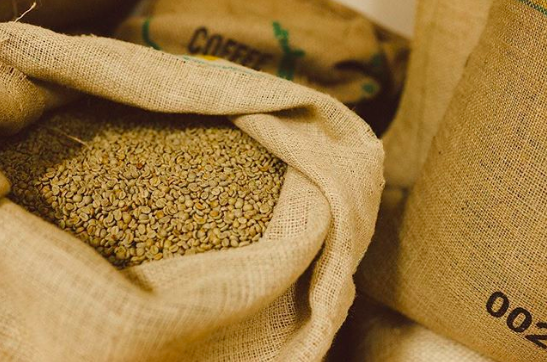When we talk about “fresh coffee”, it’s often from the point at which the coffee was roasted. This is super important, because once the coffee is roasted, it instantly begins to degrade and lose its flavor and aroma that make it so delicious, and this flavor will have mostly dissipated after a few short weeks.
However, this isn’t the only way to measure coffee’s freshness. Since coffee is actually the seed of a fruit-bearing tropical shrub, coffee is a seasonal crop that only grows in certain places and during certain times of the year. While we usually think of coffee as a ubiquitous product that’s always available, the raw (green) coffee has a limited shelf life to get the best flavor experience possible. While un-roasted green coffee is more stable than roasted coffee, it too can lose it’s freshness over time.
Let’s go back to the basics for a second and briefly talk about where coffee comes from, how it’s produced, and how these variables affect the longevity of a coffee’s lifespan.
- Coffee thrives in a tropical climate, so it usually grows best in countries near the equator. You’ll find that coffee can come from Central and South America, Eastern Africa, the Arabian Peninsula as well as Pacific Islands and South East Asia.
- Depending on the growing region, the coffee plants will bloom, the fruit will mature, and be ready for harvest at different times of the year.
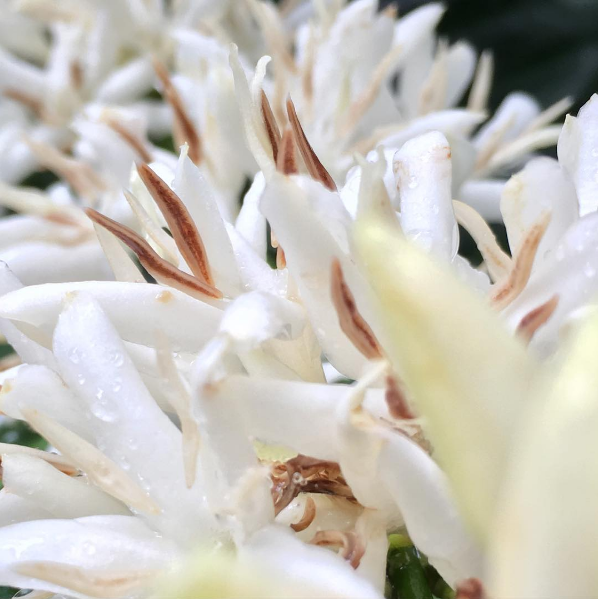
- After the coffee fruit called “cherries” are harvested, they must be processed to remove the skin, fruit and outer layers before being dried. This process can take a few weeks up to a month.
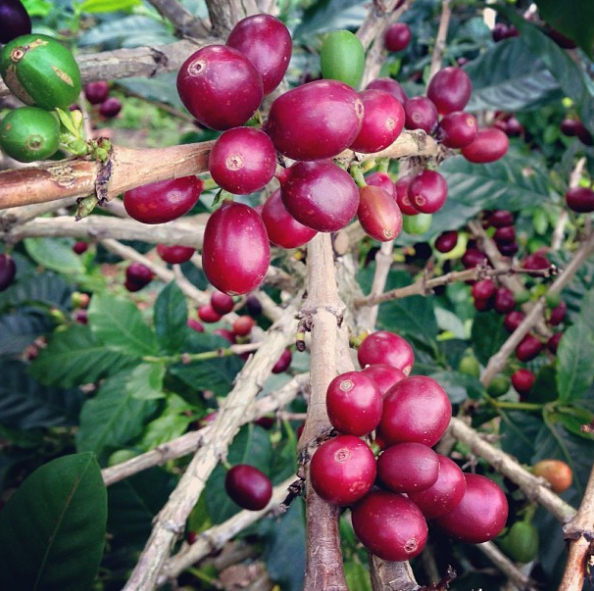
- After the coffee seeds or “beans” are dried, they are stored for a few months to stabilize and then shipped overseas to the US in containers, which can add at least a month of transit time.

Ok, so now that we’ve covered where coffee comes from and how it’s produced, we can talk a little bit more specifically about coffee as a seasonal product.
Countries south the equator usually harvest in April, May, June and July and the coffees will start hitting shelves in November and December at the earliest. However, countries north of the Equator tend to harvest in November, December, January and February and will arrive in the US to be roasted in the early summer months like May, June and July. These are more generalizations than strict guidelines, as every year has different circumstances that can alter the exact timeline. There are some countries, like Kenya and Colombia, that are exceptions to the rule, since both of these countries have two harvest times per year often called “Fly Crop” or “Mitaca”. It usually takes at least 6 months from the time a coffee is harvested, processed, dried and shipped, before it will start to be roasted and offered by one of our MistoBox Roasters.
Since each country and even regional areas are different, these coffees will often come in waves over the course of a season, rather than all at once. Once a roaster dials in the perfect profile and releases a new coffee, the remainder of the green coffee can be stored for up to 5 or 6 months before it will begin to degrade and you will see a noticeable loss of flavor from the coffee.
Over time the coffee can take on what roasters call baggy, tired, or stale flavors like cardboard. These older coffees are generally called past crop and will lack the vibrancy and depth of flavor the coffee had when it first arrived from origin.
Summer is a particularly great season of the year for fresh crop coffees. New arrivals from Ethiopia, Kenya and Central America have recently landed on US shores and their bright, citrusy and often fruity profiles match the season perfectly.
Here are a few of our favorite fresh coffee crops that just landed and are at their peak of deliciousness.

Spyhouse Coffee Roasters – El Salvador Ignacio Gutierrez
Coffees from El Salvador have always been some of my favorites. This coffee breaks the mold of what we usually see come out of El Salvador because the farmer, Ignacio Gutierrez, decided to process this coffee in the honey process method. This process creates a really sweet, slightly fruity coffee that is unlike most Central American coffees and you’ll be sure to love it’s raspberry and tropical fruit notes.

Kenya is one of the only countries that has two harvests per year, a main harvest and a “fly crop”. This fresh Kuma coffee was harvested earlier this year in the main harvest and just arrived to the U.S. This is a fantastic example of everything we love about fresh Kenyans, with juicy fruit notes and a dynamic acidity, this coffee surely won’t disappoint.
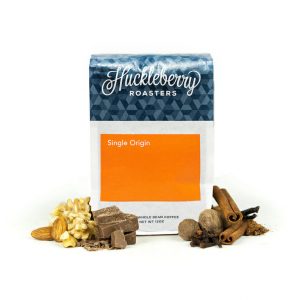
Huckleberry Roasters – Guatemala Atitlán el Grano
Sometimes you are in the mood for a coffee that tastes, well, like coffee. You want those rich flavors of chocolate and nuts that are comforting and familiar with a pleasant acidity that isn’t too sour or intense, just enough to bring life to the party. This new arrival from Lake Atitlán in Guatemala is perfect for easy morning sipping and goes perfect with a full weekend brunch menu.
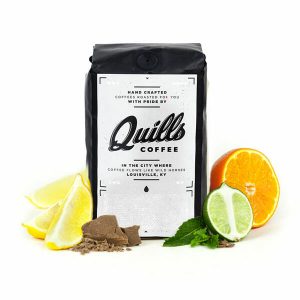
Quills Coffee – Ethiopia Kayon Mountain
Ethiopian coffees are the equivalent to rock stars in the Specialty coffee industry. These coffees are nuanced, fragrant, and surprising in the best possible ways. They don’t taste like your grandma’s coffee because they are usually roasted on the lighter side to preserve the delicate body, vibrant citrus acidity and floral aroma. If you’ve had a hard time determining these tasting notes in coffee before, look no further. This coffee hits you over the head immediately before sipping smelling like flowers and orange blossoms, and then on that first sip, it tastes like Earl Grey tea and oranges. One of the many reasons to look forward to waking up every morning.
**Check out our awesome coffee cocktail article and the perfect cold brew cup!
Have you tried any awesome fresh crop coffees this Summer? Tell me in the comments below what coffees you’re loving right now!
Featured image, coffee ready for roast @quillscoffee

